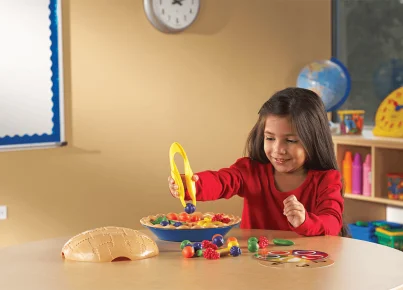Introduction
Emotional wellbeing is the foundation of a healthy, happy life for a child. It is the key to developing positive relationships, a strong sense of self, and resilience in facing challenges. One of the most critical aspects of a child’s emotional wellbeing is the secure attachment they form to their caregivers. This article will discuss the importance of attachment in supporting young children’s emotional wellbeing and provide strategies for nurturing a strong bond between caregivers and their children.
Understanding Attachment
Attachment refers to the deep emotional bond that forms between a child and their primary caregiver. The attachment process begins at birth and continues throughout childhood, as children seek comfort, support, and nurturance from their caregivers. Secure attachment plays a pivotal role in shaping a child’s emotional wellbeing, as it allows them to feel safe and secure, explore their environment confidently, and develop empathy and social skills.
Research has shown that securely attached children have better mental health outcomes later in life compared to children who are insecurely attached. Insecure attachment can leave children feeling anxious or ambivalent about seeking support from others or may result in them avoiding forming close relationships altogether.
Supporting Young Children’s Attachment
1. Be responsive to your child’s needs: A crucial way to foster secure attachment is by consistently responding to your child’s needs in an appropriate and timely manner. Crying should be viewed as communication rather than manipulation in early childhood. It is important to understand your child’s cues and tend to them accordingly.
2. Provide physical comfort: Physical touch plays an essential role in helping children feel loved and secure. Hugging, back rubbing, holding hands or simply sitting close by can reassure your child that you are there for them.
3. Establish routines: Consistent routines create predictability for young children, helping them feel safe within their environment. This can include daily routines such as bedtime rituals, mealtime schedules or weekly activities like a visit to the park.
4. Promote open communication: Encourage your child to express their feelings and emotions by using “I feel…” statements. Role model healthy communication and validate your child’s feelings as they express themselves.
5. Spend quality time together: Children are more likely to develop a strong attachment to caregivers who actively engage with them. Dedicate time each day to one-on-one activities, such as reading or playing games. This establishes a foundation of trust and reassures your child that they are genuinely cared for.
6. Foster independence: Encourage your child to develop independence by allowing them to explore their environment under your watchful eye. When children feel confident venturing away from their caregiver, it indicates that they trust you will be there if they need support.
7. Be emotionally available: Ensure that you are sincerely present when engaging with your child—this means taking the time to listen, empathize, and genuinely connect with them on an emotional level.
Conclusion
Supporting young children’s emotional wellbeing through secure attachment is essential for their growth and development. By nurturing a strong bond between caregivers and their children, we set the foundation for positive relationships, resilience, and overall mental health later in life. Implementing strategies such as being responsive to the child’s needs, providing physical comfort, establishing routines, promoting open communication, spending quality time together, fostering independence, and ensuring emotional availability will undoubtedly contribute towards creating a loving and secure environment for young children’s emotional wellbeing.





